Laser & Plasma Cutting
Laser & Plasma cutting is used in many different industries and applications. Introduced in 1965, laser cutting is still a relatively new technology. In laser cutting, a high-powered laser beam cuts through metal and stainless steel. Plasma cutting is relatively the same thing except a jet of plasma is used as the cutting tool. In both processes, dust particulate can be generated and affect health and safety. This dust can also interfere with the equipment itself.
Learn More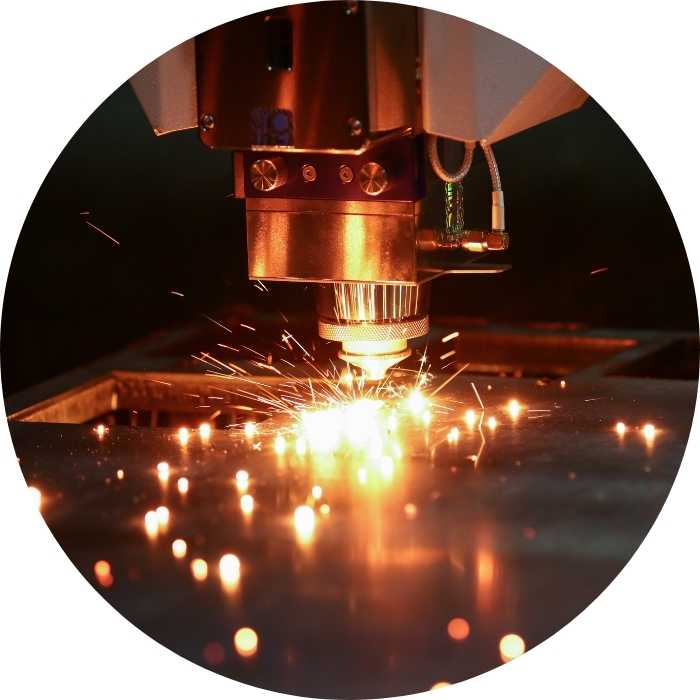
Laser & Plasma vs. Welding
When you look at a welder and a plasma cutter, both generate sparks and, in some cases, have the same dust particulate. However, there are differences in these applications. Unlike welding which has been around for some time, laser and plasma cutting is a relatively new technology. With laser and plasma, the worker can make more precise and accurate cuts.
Some believe it is a more cost-effective option than welding as there is less scrap metal and waste. No matter the application, we can help you with your industrial air needs.
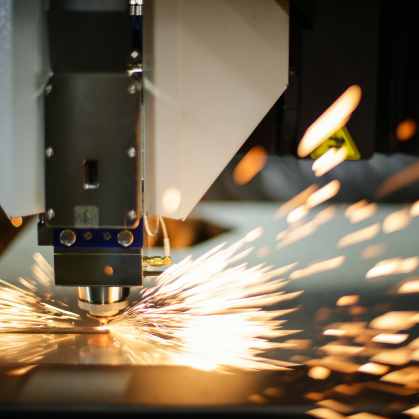
Dust Types
- Metallic Dust Particles
- Fumes such as manganese, hexavalent chrome, and more!
- Smoke & Gases
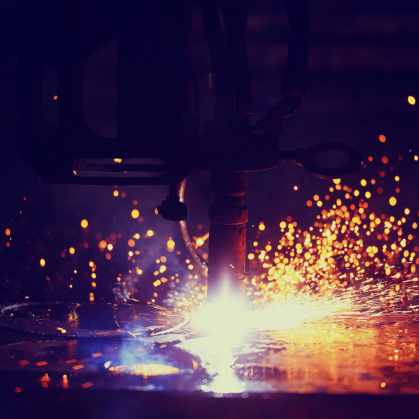
Health Risks
Metallic dust particles that are released into the air can cause great harm if inhaled - leading to respiratory conditions and lung damage. The laser/plasma cutting of stainless steel can release toxic fumes such as Hexavalent Chromium which can cause eye/skin irritation and respiratory conditions. Long-term exposure can cause lung and nasal cancer as hex chrome is a carcinogen. Other substances that can be produced include Cadmium, Nickel, and Lead.
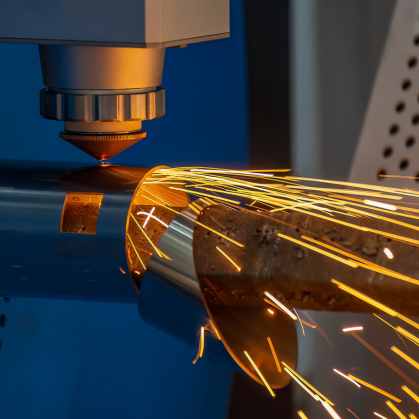
OSHA Regulations
When dealing with dusts and toxic fumes, OSHA guidelines are in place to protect welders. For example, hexavalent chromium has a permissible exposure limit (PEL) as 5 µg/m3 as an 8-hour time-weighted average. This is noted under OSHA Standard Number 1910.1026
It is important to follow guidelines set up by OSHA to avoid fines and citations that could shut down operations.
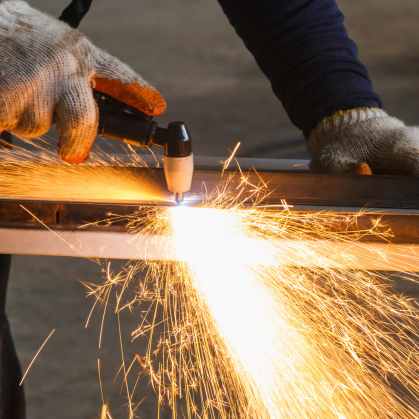
Combustible Dust Risks
A lot of dust generated in laser/plasma cutting is combustible. This means that it is extremely likely to combust when ignited by an ignition source. Ignition sources can be a spark generated from equipment, electrostatic discharges, or even something as simple as a cigarette butt. That is why it is so important that work areas are kept clean and dust-free.
It is more than essential to protect workers, and manufacturing facilities from dust explosions. Once it ignites there is no stopping the explosive chain reaction. Implementing dust control and industrial air solutions is a good preventative measure.




